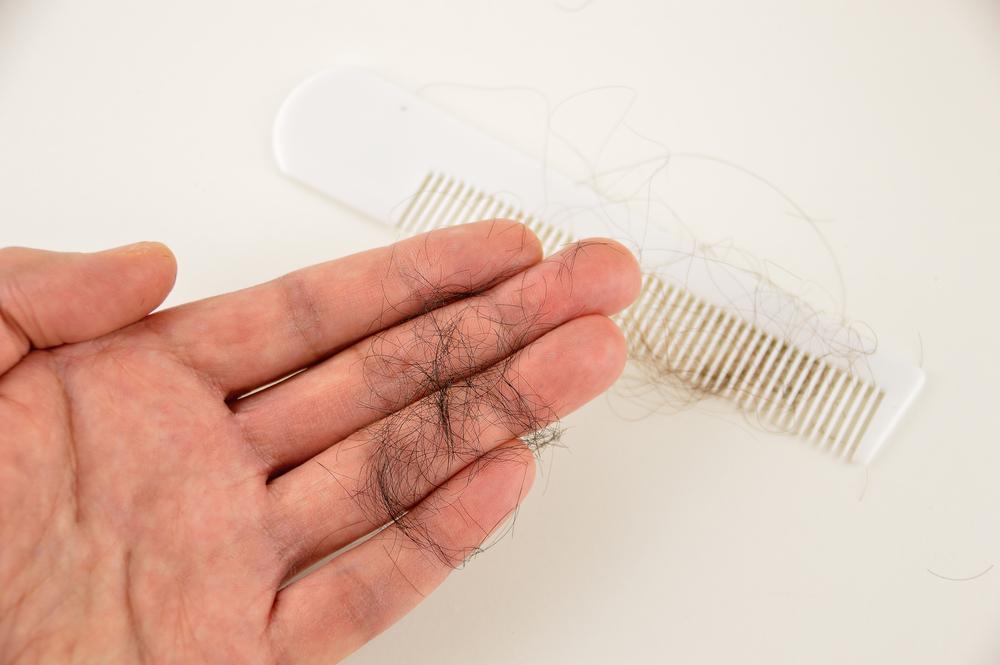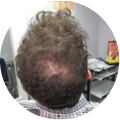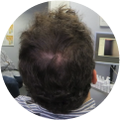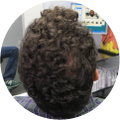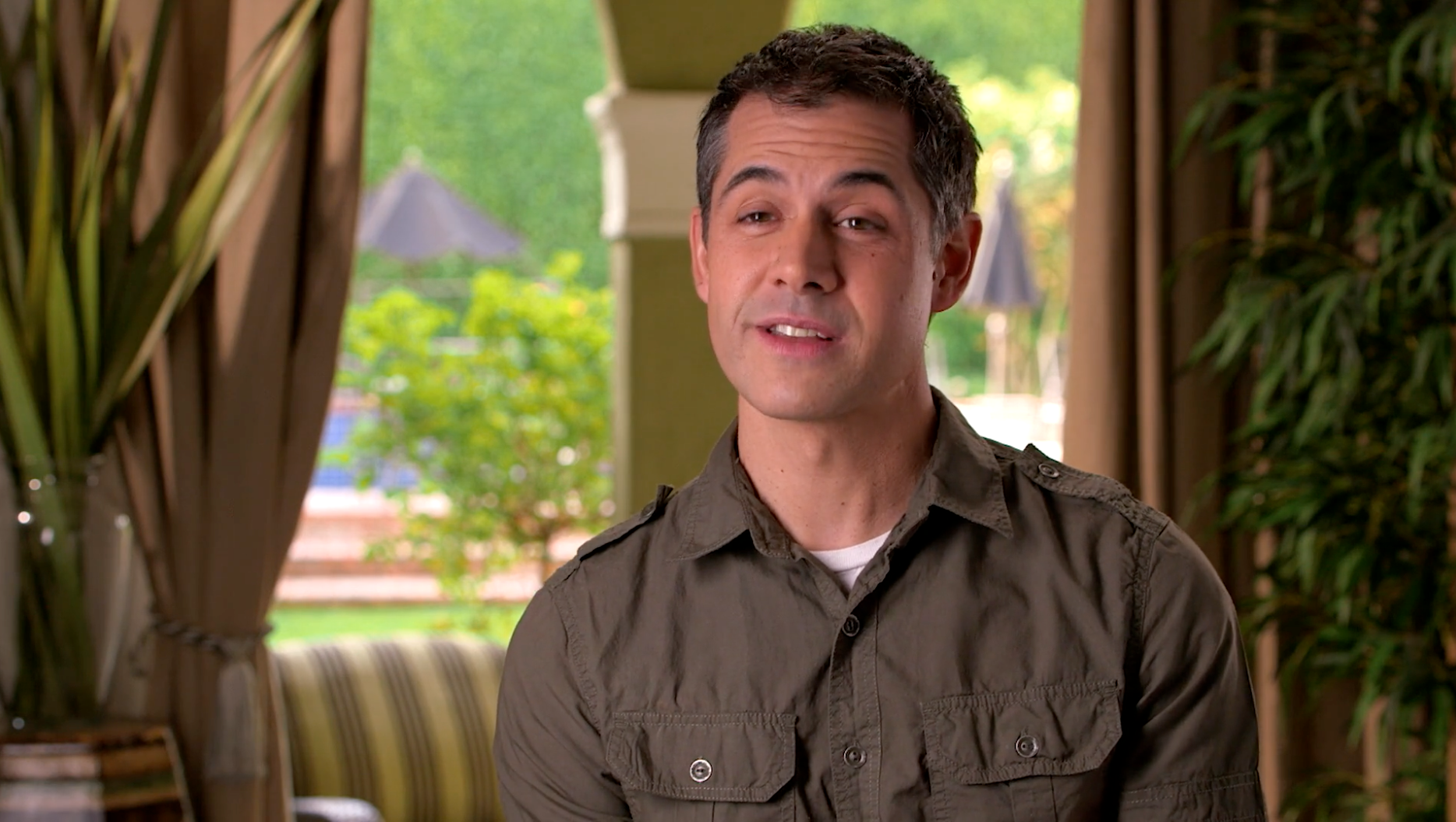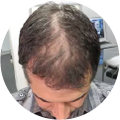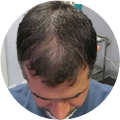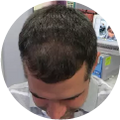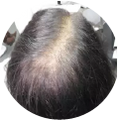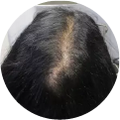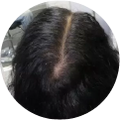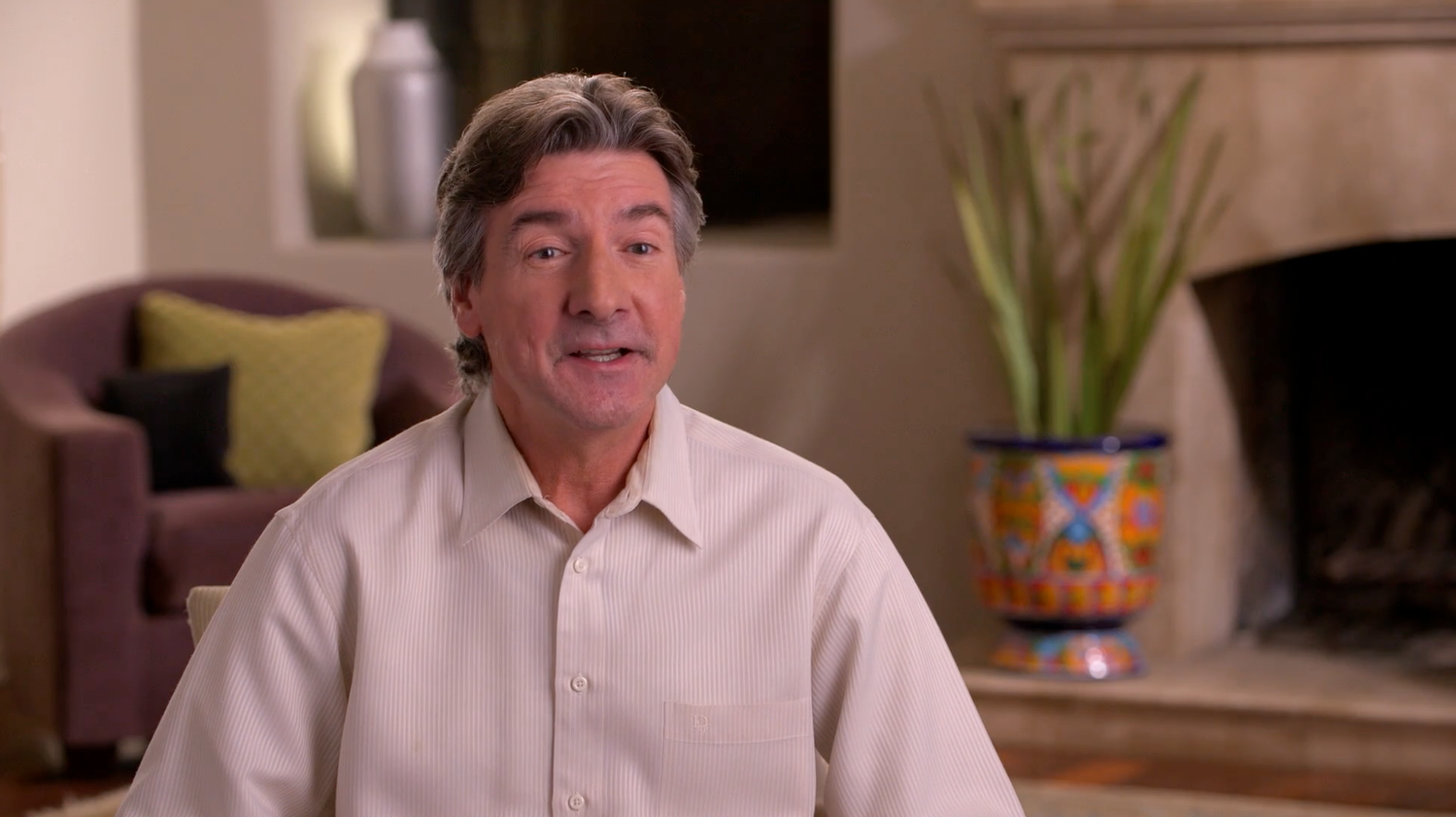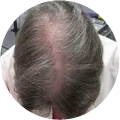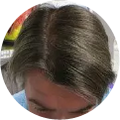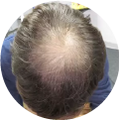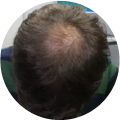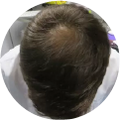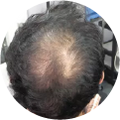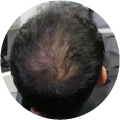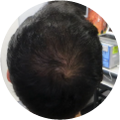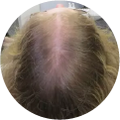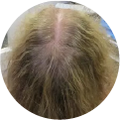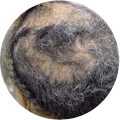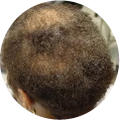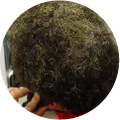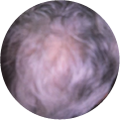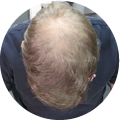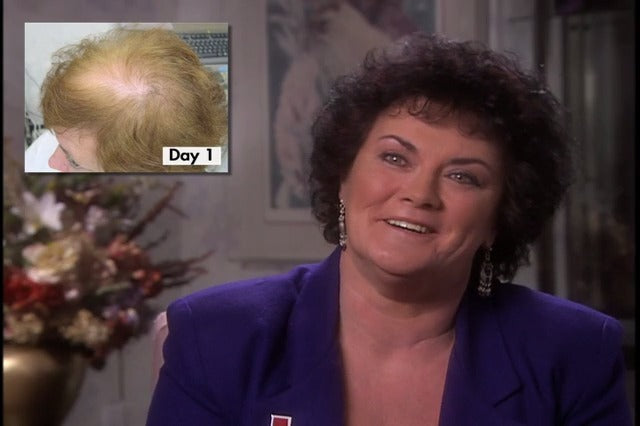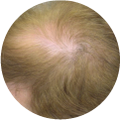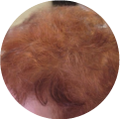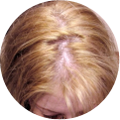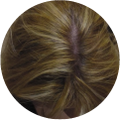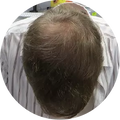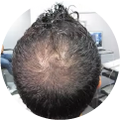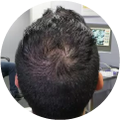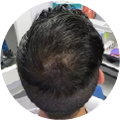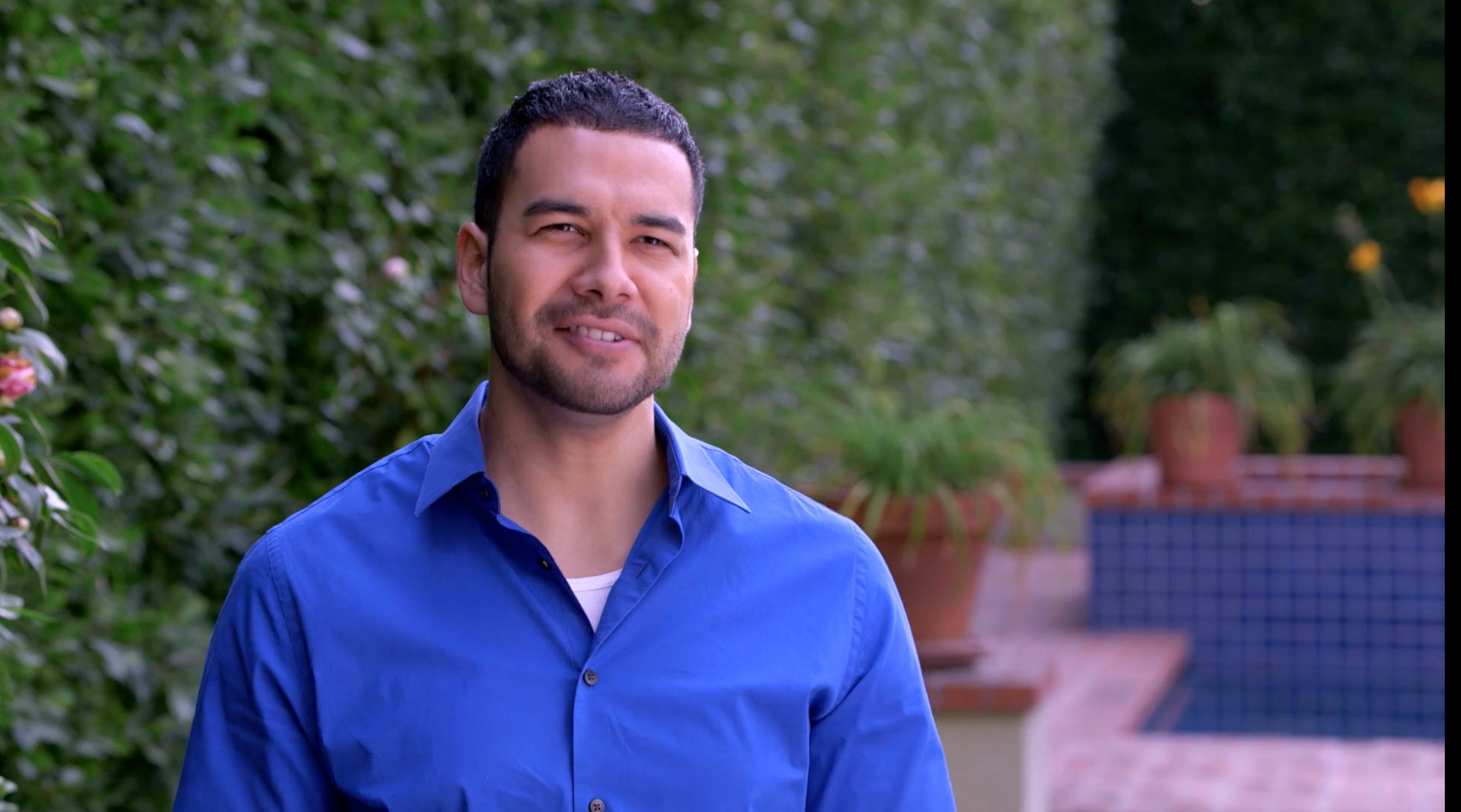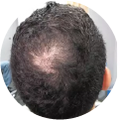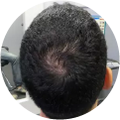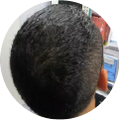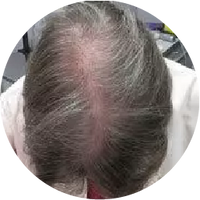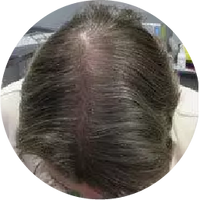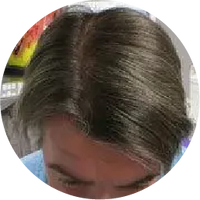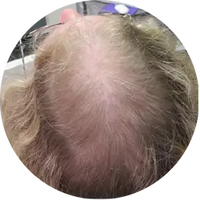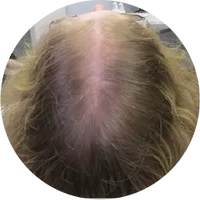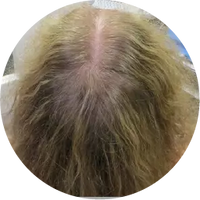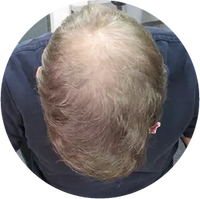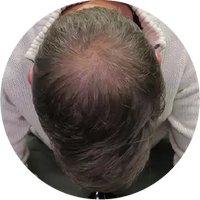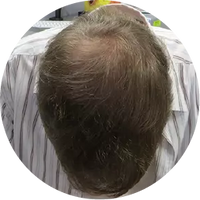
Hair growth is a process that many wonder about, but very few take the time to understand. The bodily processes and genetic factors that govern hair growth processes may seem daunting, but are in fact easily understandable once you have the facts and information you need. Before you can understand how to make hair grow from the scalp, you must also understand the hair growth phases and process, hair growth rate, and the importance of hair retention. Once an understanding of these factors has been established, it is then possible to analyze and understand the pros and cons of various tactics and measures available to increase hair growth from the scalp. Below is a guide to the innerworkings of hair growth and proactive steps you can take to maximize hair growth from the scalp.
How Does Hair Grow?

The process of hair growth can be divided into four main steps and three major phases. Before delving into the phases of hair growth, it is best to understand the four major steps that take place when a hair follicle grows.
- In the first step, your hair will begin growing from a root that is in the bottom of the follicle. This root of the follicle is comprised of cells that are made of protein.
- In the second step, your hair will utilize blood from the blood vessels in the scalp to feed the root of the hair. This step results in the creation of more cells and allows the hair to begin growing.
- During the third step, the hair will begin to emerge from beneath the skin due to its growth. As the hair pushes up through the skin, it will pass an oil gland. This oil gland infuses the hair with vital oils that give it a shiny appearance and a soft texture. Unfortunately, for some people this oil gland can disperse too much oil, which leaves the hair looking greasy. For others, it can distribute too little oil, leaving the hair dry and brittle. To remedy greasy hair, the hair must be frequently washed and stripped of its excess oil. To remedy dry and brittle hair, the hair must be infused with beneficial oils and moisturized to restore shine.
- In the fourth phase, the hair begins to die. The hair will die by the time it is long enough to emerge from beneath the skin. The hair on your head that you see is in fact all dead, which is why receiving a haircut is a painless process.
Hair growth can be divided into three distinct phases: Anagen, Catagen, and Telogen. The first phase, Anagen, is known as the active growth phase. The Anagen phase is the active phase of the hair growth cycle because during this stage of hair growth the cells that form the root at the base of the hair are rapidly dividing. This rapid and consistent splitting of cells results in the production of new hair on the surface. These new hairs serve to replace club hairs, which are hairs that are no longer in the Anagen growth phase and will not continue to grow. Your body recognizes that a club hair is detrimental to maintaining a full head of healthy hair, and so it forces those hairs out to replace them with healthy, growing hair follicles. During this phase, your hair will grow approximately one centimeter per month. The duration of your active growth phase determines the length of the hair you can achieve, which is why some people can grow their hair much longer than others. At any given time, an average of ninety percent of the hair follicles on your scalp are in the Anagen phase. Roughly ninety percent of your hair is always growing. The Anagen phase varies in length based on the individual, and can range anywhere from two to six years in length.
While it may seem counterintuitive, not all hairs on your head will experience an Anagen phase of the same duration or will grow the same length during their Anagen phase. In fact, hair growth is an extremely individualized and diverse process. While some hairs on your head may experience a six year Anagen phase and grow substantially, others may only have a short Anagen phase and grow a small amount. Other various factors, such as age and ethnicity, can affect the length of the Anagen phase and then length of hair growth during this phase. When targeting hair growth, this is considered the most important stage of the hair growth cycle. By lengthening the Anagen phase, or the amount your hair can grow during the Anagen phase, you will be able to increase the length your hair grows and the rate at which it grows. There are many different methods that have shown success in increasing hair growth during the Anagen phase. These methods will be discussed in detail later in this article.
The second phase of hair growth is the Catagen phase. During the Catagen phase, the hair is transitioning. At any given time, a small percentage of the hair on your scalp is in the Catagen stage. The Catagen stage occurs when the active growth phase ceases and the outer root sheath grows smaller and becomes joined with the root of the hair. This process is how a club hair is formed. The Catagen phase often takes place for two to three weeks.
The final phase in the hair growth cycle is the Telogen phase, which is known as the resting phase. The Telogen phase often is marked by a duration of one to four months and accounts for approximately eight to ten percent of the hairs on your scalp. During this phase, the hair follicle has ceased actively growing and is now at rest. The hair is lying dormant, like what a tree does during the winter. The Telogen phase occurs when a club hair has finalized its formation. During the Telogen phase, natural shedding of twenty-five to one hundred hairs takes place each day. The Telogen phase ceases when a new hair follicle forces the cub hair out and begins its cycle in the Anagen phase.

How Long Does a Hair Live?
The average length of a lifecycle for a hair follicle varies greatly depending upon the individual, but on average a hair lives for anywhere from two to seven years. As mentioned above, the span of each hair phase can vary between hair follicles and between individuals, making pinpointing a firm numerical representation for the hair lifecycle nearly impossible. While a hard and fast number may not exist, this range gives a satisfactory understanding of the approximate lifecycle of a hair follicle.
Where Does Hair Grow?
A common question often posed when examining hair growth is where exactly does hair grow? Does hair grow from the scalp? Or does it grow from somewhere else? While hair grows in various locations throughout your body (your legs, armpits, stomach, nose, face, etc.), hair from your head has a very specific growth origin. When examining methods for maximizing hair growth, there is often a significant focus placed on the scalp, as this is where hair follicles on your head grow from. The scalp can have a tremendous effect, either positive or negative, on the length and strength of your hair follicles.
Hair Growth Rate
Hair growth rates may seem to fluctuate, but hair in fact grows at a specific rate, which is known as the growth rate. According to the United States Center for Disease Control (CDC), scalp hair has a growth rate of one-eighth of an inch each week or a total one half of an inch per month. This means that on average, each person grows six inches of new scalp hair each year. Hair growth rates can change due to external factors, and the goal for many people is to maximize their hair growth rate. Genetics is the most influential factor that determines hair growth rate, but diet, illness, and other various factors also contribute to growth rates.
The Importance of Hair Retention
No matter what hair growth rate you have, if you are not able to retain your hair growth, you will never achieve the long locks you desire. Retention boils down to preserving as much of the hair that is grown as possible. The best way to accomplish retention is by keeping the hair as healthy is possible. The most damaged portion of the hair at any given time is the ends, so this is where the focus on preserving healthy hair becomes most vital. Everyday wear and tear due to exposure to heated styling tools, rough hair handling, and an unhealthy diet can all contribute to having more damaged hair. To retain the hair you grow, focus on keeping your hair healthy and you will have longer hair as a result.
Methods for Increasing Hair Growth from the Scalp

-
Eat a Healthy Diet:
Diet is one of the most important factors to consider when attempting to maximize your hair growth. In order to have healthy hair, it is important to maintain a diet that is high in protein, vitamins, and minerals as these will be the food that feed your hair. Vitamin B is extremely important to hair growth, so be sure to incorporate foods rich in Vitamin B to maximize your hair growth.
-
Keep Your Stress Levels Low:
Stress in some capacity is unavoidable, but it is vital to manage stress levels and keep them low to increase healthy hair growth. Stress can cause chaos in the body, and it is extremely common for stressful events to spur hair loss or to disrupt hair growth rates. To keep your locks long and strong, minimize your stress and manage it in the way that work for you.
-
Massage Your Scalp:
Since hair grows from follicles within the scalp, improving scalp blood circulation is a great way to maximize hair growth. Massaging promotes blood flow to the area being massaged, which makes a scalp massage a wonderful way to promote blood flow. This resultant increase in blood flow to the scalp will trigger a stimulation in the hair follicle. A scalp massage does not need to be long to be effective, just rub your fingers in a circular motion on your scalp for three to five minutes a day and you will see an increase in hair growth due to the increased blood flow and circulation in the scalp.
-
Deep Condition Your Hair:
Deep conditioning is a tried and true practice known to increase hair growth from the scalp. Deep conditioning the hair increases moisture, shine, and strength in the hair, which also results in an increase in hair retention.
-
Hot Oil Masks:
Hot oil masks are another quick, easy method for increasing hair growth and overall hair health. One of the most popular oils to use for a hot oil mask is castor oil. Castor oil is high in essential fatty acids, particularly Omega-9 fatty acids, as well as Vitamin E. This combination of nutrients naturally promote healthy hair growth and increased hair retention. Castor oil is also great when mixed with other naturally beneficial oils, such as coconut oil, almond oil, or olive oil. Mix your desired oils together, heat them until lukewarm, and then distribute the oil evenly across your hair and allow to sit for thirty for forty-five minutes. When complete, rinse the oil from your hair, and then shampoo and condition normally. To give your hot oil mask an added boost, mix in a few drops of an essential oil, such as peppermint, lavender, or eucalyptus.
-
Use ScalpMed:
While natural remedies will have a positive impact on increasing hair growth, a scientifically developed product specifically designed to provide measurable results is the best option for a long-lasting increase in hair growth. ScalpMed is unique system designed specifically to promote healthy hair growth and to increase natural hair growth processes. ScalpMed is a proven-effective regimen that utilizes a uniquely developed two-step process to regrow hair. ScalpMed can halt and reverse heredity hair loss, and is also able to restore hair lost due to non-hereditary factors.












